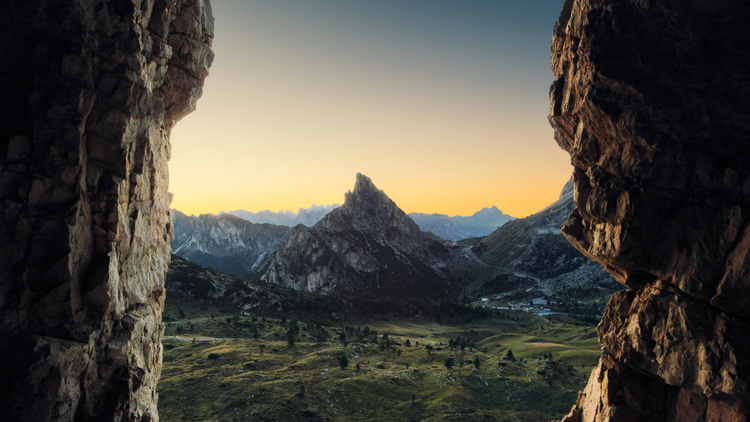Behind the Image: Capturing the Spirit of the Alps with Lukas Furlan

Photographer Lukas Furlan’s adventurous landscape photography highlights the Alps from Austria to Italy. His passion for spending time in nature comes through in his creative images, which incorporate a surreal aesthetic while capturing the spirit of the mountains that surround his home. We chatted with Lukas, who is wrapping up a Master’s degree in media informatics, to discuss his contributions to Adobe Stock’s newly launched Premium collection.
Adobe: What inspires you about landscape and travel photography?
**Furlan: **My hometown is located in the center of the Alps, so the mountains offer beautiful landscapes and it’s paradise for photographers. I have this profound connection to nature, and my photos reflect that. I like surreal and mystical scenes or images, like from an adventure or science fiction movie, and try to create images where people can imagine their own stories or have their own thoughts about it – images that work without context or description.

Adobe What was happening when you took this photo?
**Furlan: **I took the photo on a short birthday camping trip with friends. The image was taken at Falzarego Pass, a mountain pass in Northern Italy near the ski resort town of Cortina d’Ampezzo. We hiked up a mountain with our cameras, and on the way back we just randomly found this cave, this tunnel. As far as I know, it was part of a lookout located on the Italian front during World War I. It was a system of tunnels and caves. It was after sunset, but with a little light left in the sky. The image jumped out to me with this light, the framing of the tunnel and the mountain beyond. The framing of the tunnel creates a nice depth and, in combination with the soft light, the image has a quite surreal and mystical mood.
Adobe: Can you walk us through the composition?
**Furlan: **It’s a simple composition that stands out because of the framing. You shoot vertically to get the whole entrance of the cave. The whole tunnel system was very small, so there was not a lot of room to move around. With my wide-angle lens, I was able to shoot very wide. I got the whole tunnel, and the only thing I was thinking about was to position the horizon and the mountain in the distance exactly at the center of the shot.
Adobe: Did you have to take the lighting into account when you were shooting?
**Furlan: **It was after sunset; it was quite dark. In the first image I exposed, the tunnel foreground was completely dark. I had to take a second and third exposure – a bright one, normal exposure, and a dark one. I merged them in Photoshop and used luminosity masks to blend the exposures. In the bright image, I replaced the part of the image that was near white with the dark exposure. I had the ability to play around with the light, with the contrast, and so on.
Adobe: When you’re shooting an image, are you planning and thinking at that point what you’re going to do in post-production?
**Furlan: **Let’s say I see a great scene. I take a shot and then I look at the histogram. That’s very important. If I see that there are some areas which are too bright or too dark, I take a second, a third, or a fourth exposure to really capture all the information of the scene. In the processing, I can choose the best parts from these different exposures because I have all the information. The first few times, I just took one image, one exposure. And later on the computer, you see, “Oh, I need a second one; it’s too bright, too dark.” Now, in scenes with complex lighting, I shoot two different exposures at least.
To learn more about Lukas’s work, visit his Adobe Stock contributor page and browse through his images included in the newly launched Premium Collection.